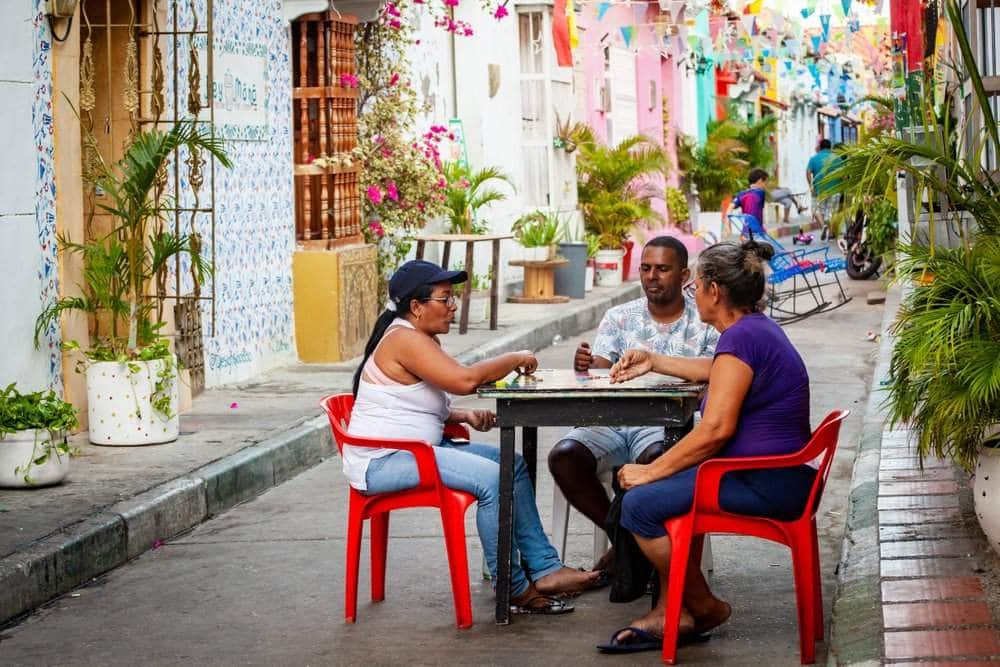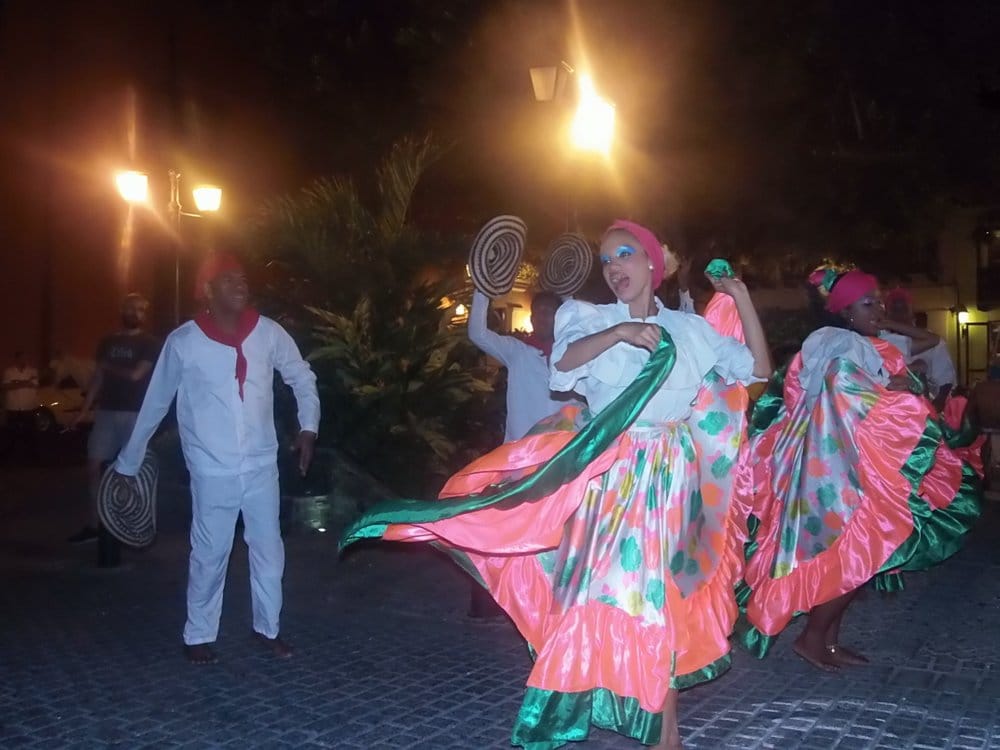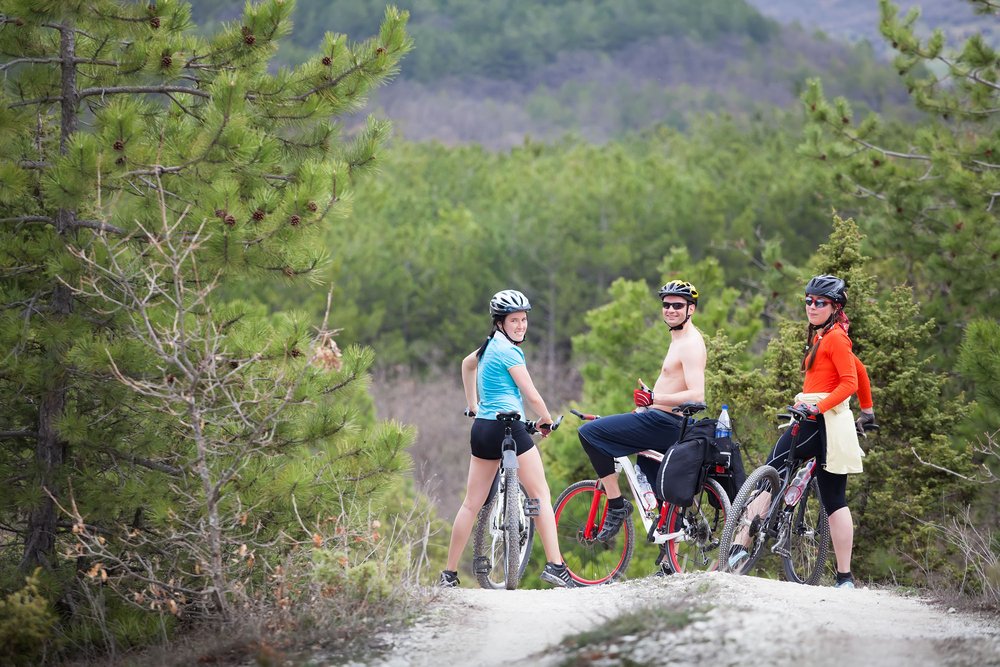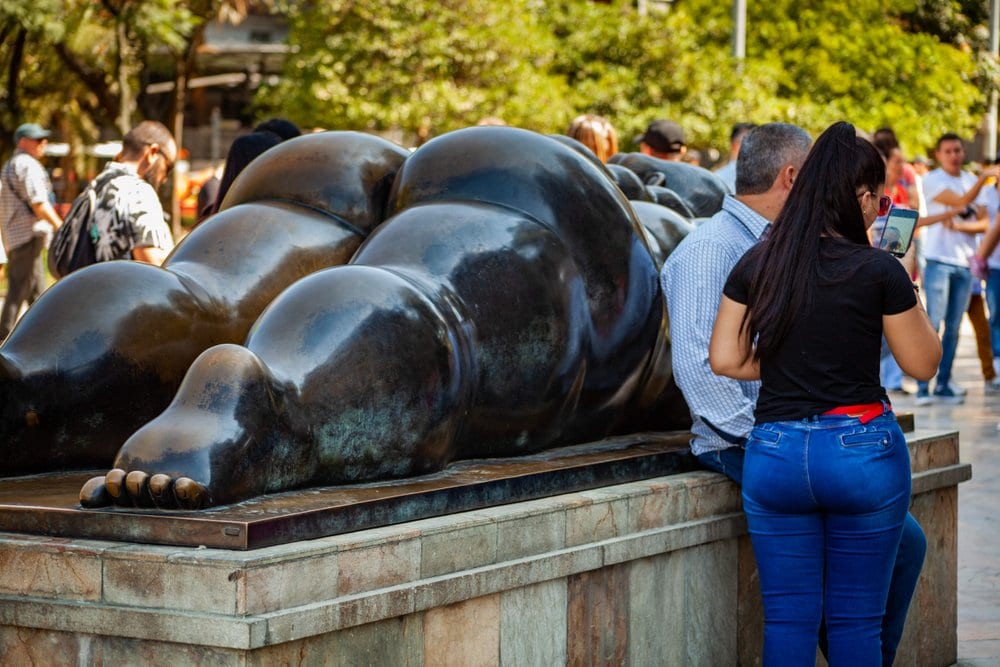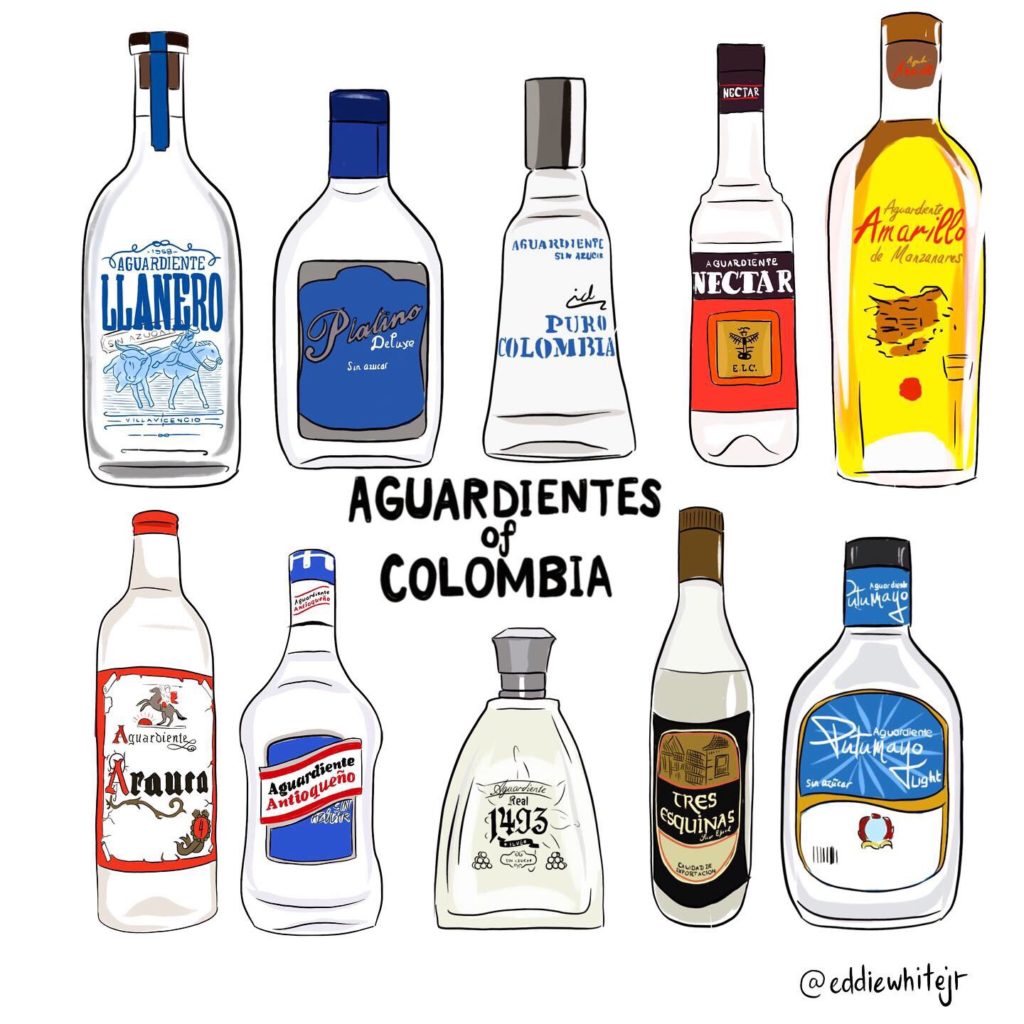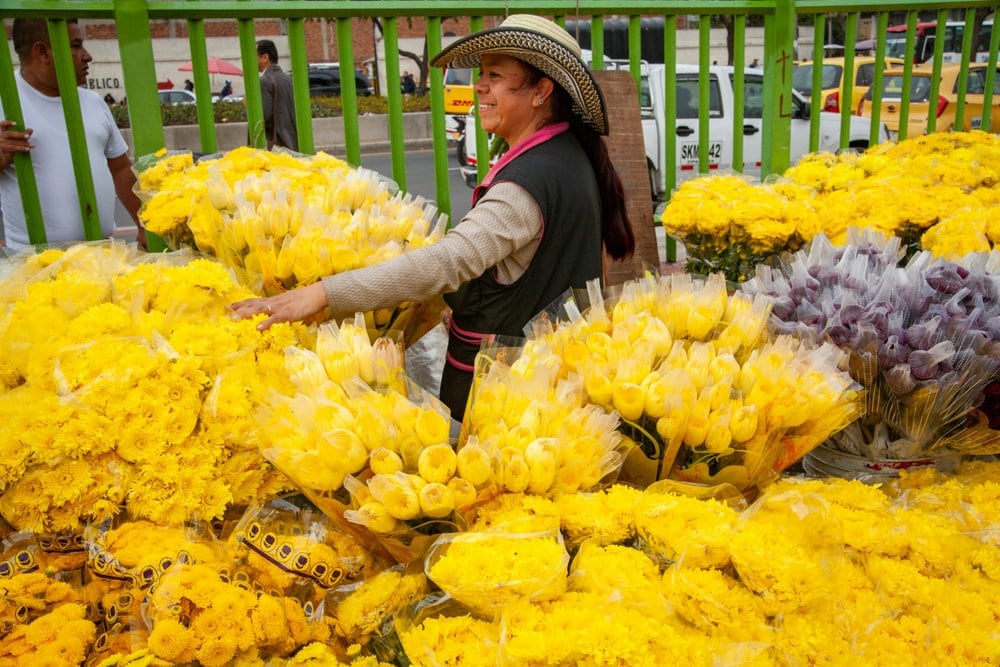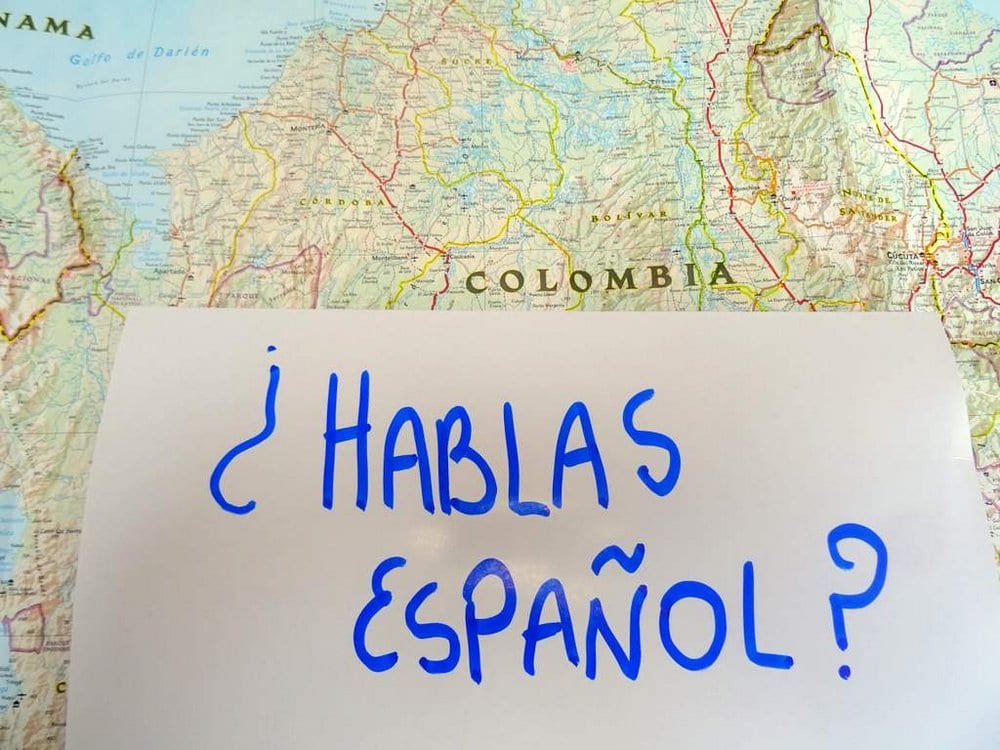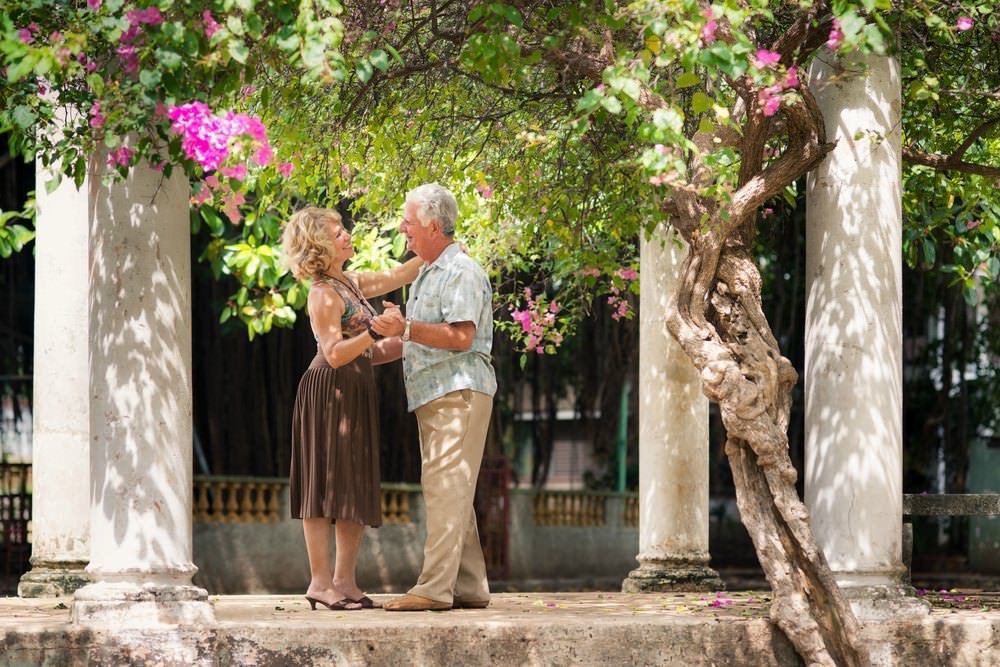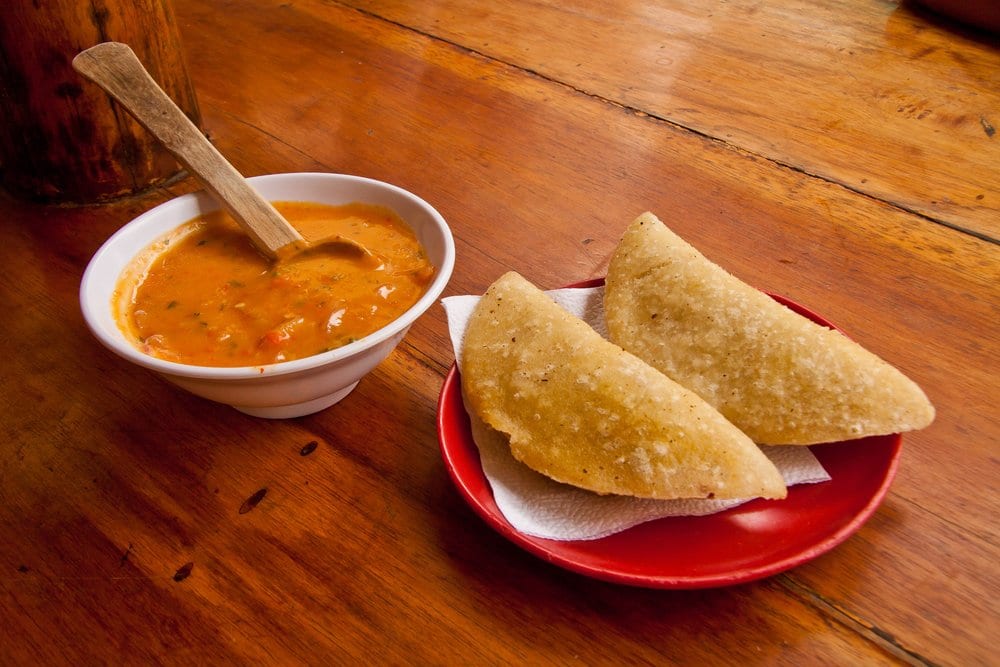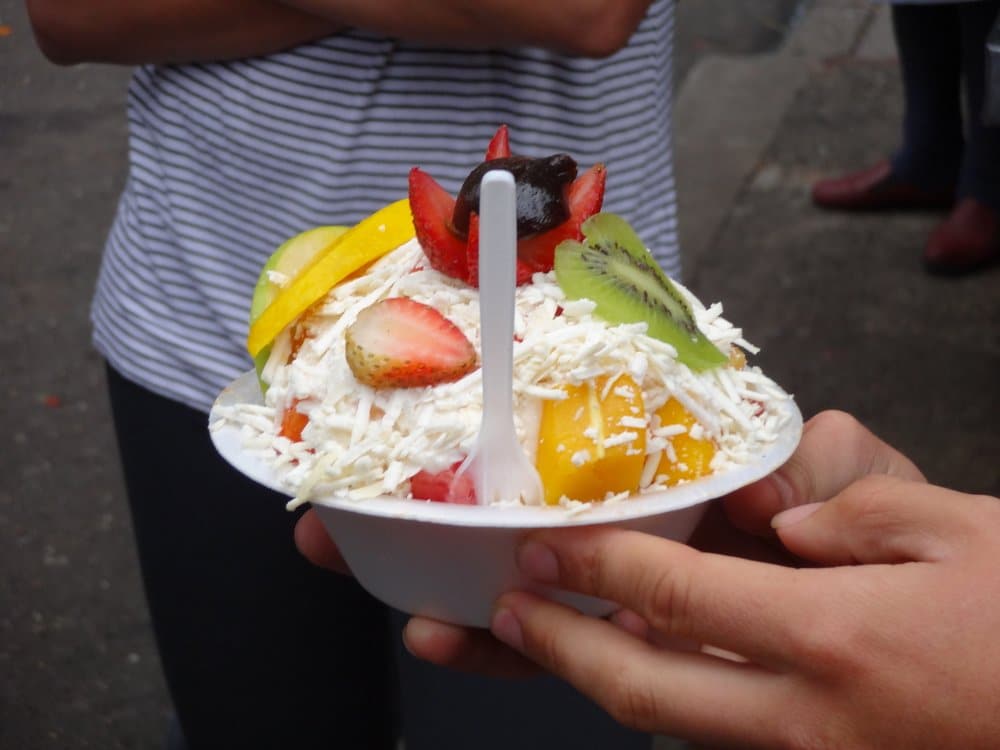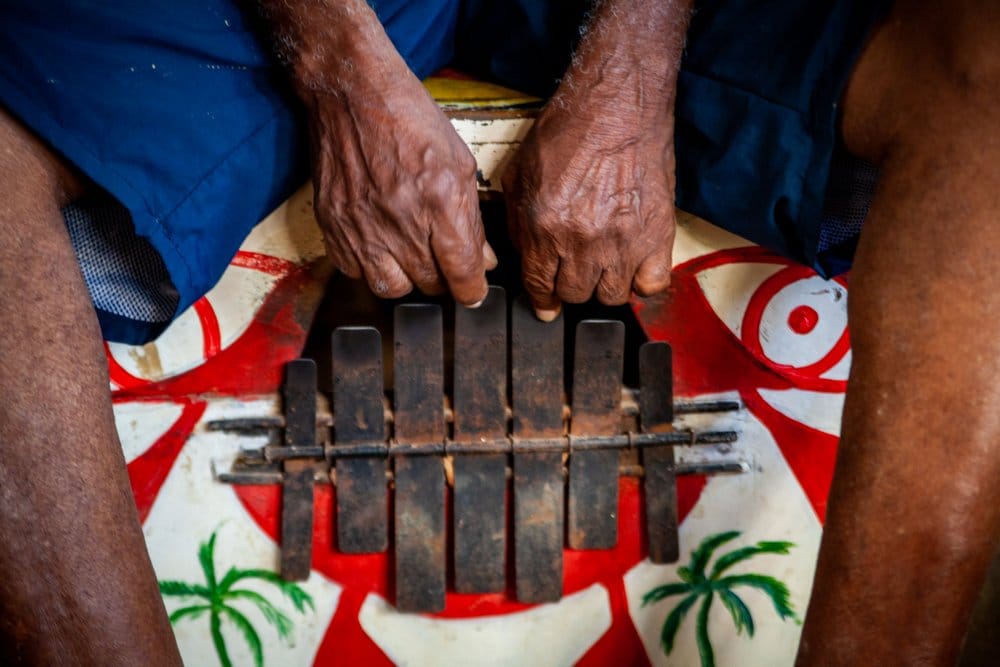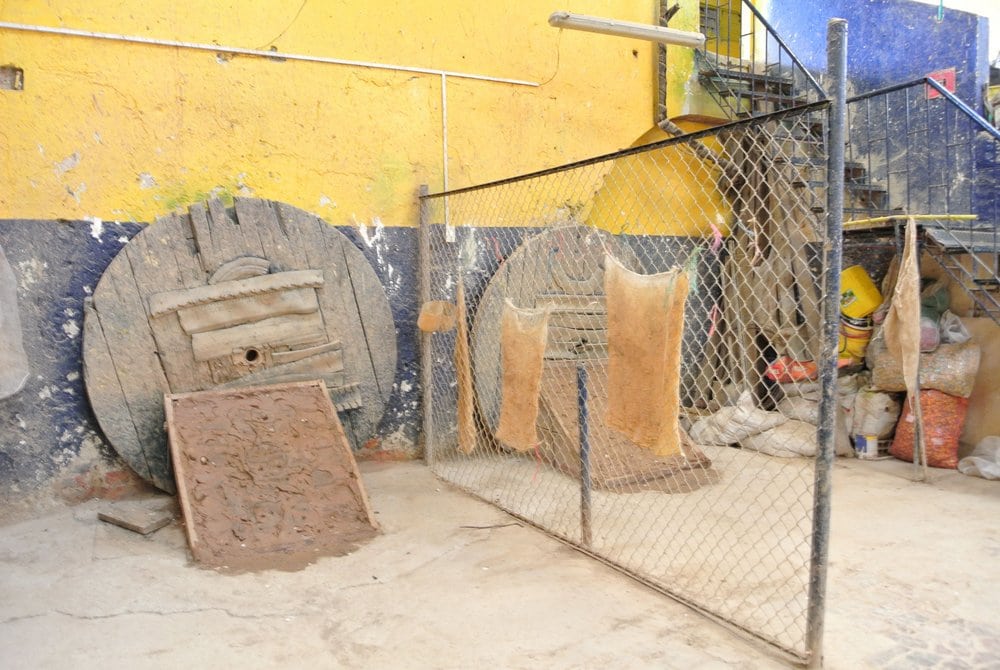Of course, Colombia is a huge country divided by coasts, mountain ranges, and jungles. There is no way every Colombians speaks the same. There are different accents, dialects, and expressions depending on the region you find yourself in.
In the North, people speak some kind of Caribbean Spanish, swallowing some of the consonants. For example, instead of pronouncing Cartagena like Cartagena, they will pronounce it like Catagena.
It might surprise you but on the islands of San Andres and Providencia English is also an official language and spoken by almost all of them. However, they often end up speaking in a mix of Creole, English, and Spanish.
Other dialectal zones in Colombia include the coffee zone (Paisa dialect), the Pacific coast (Chocó or Pacific dialect), the highlands in the center of the country (Cundiboyacense dialect), and the south (Pastuso dialect), among others.
All these local dialects are founded on how Spanish was received by the indigenous people inhabiting these regions when the Spaniards arrived.


